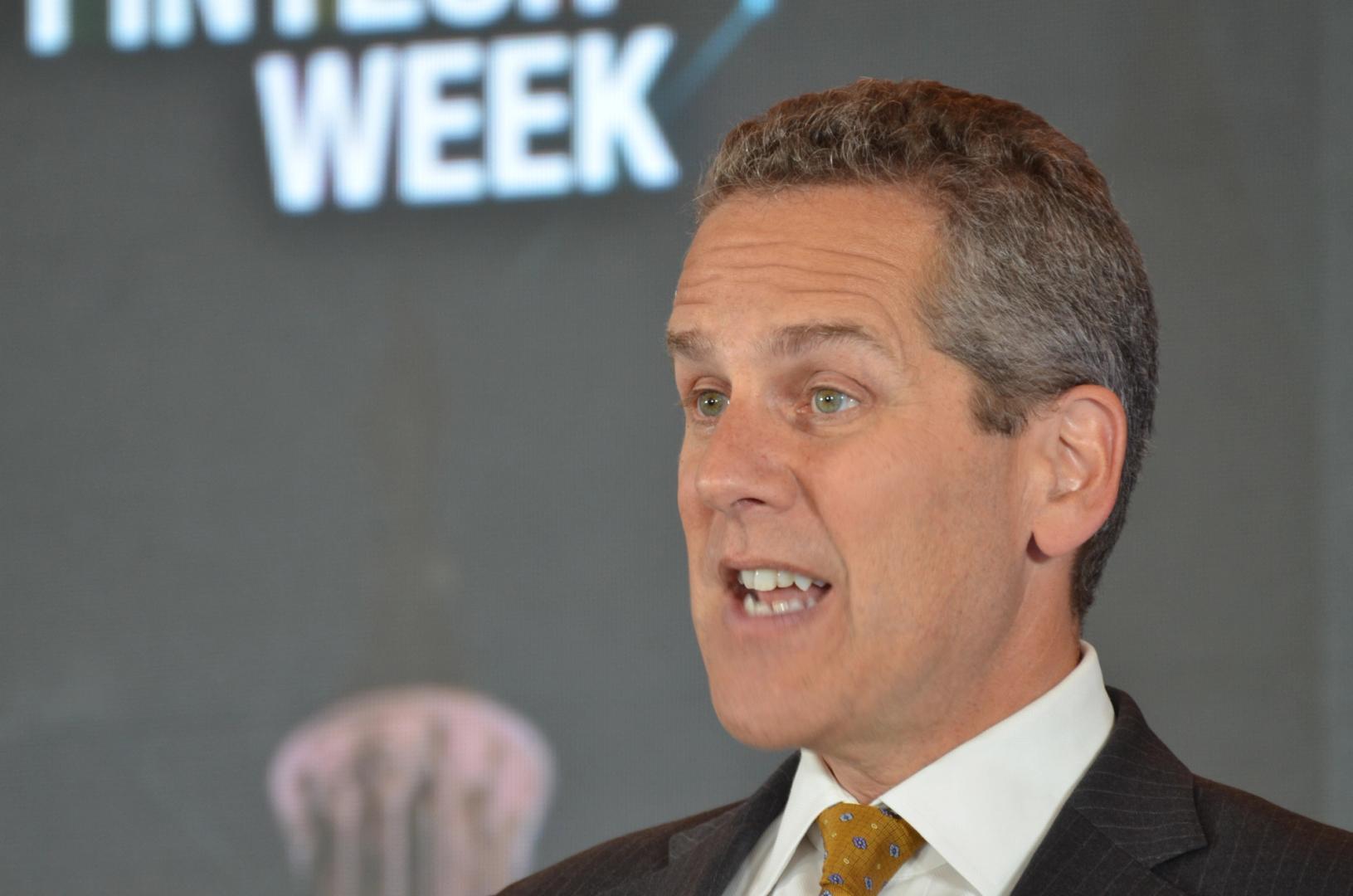“Federal Reserve Governor Michael Barr, who was the central bank’s regulatory chief during the Biden administration, flagged potential stablecoin pitfalls.”, — write: www.coindesk.com
“Issuing liquid liabilities redeemable at par but backed by assets, even high-quality ones, about which creditors might have questions makes private money vulnerable to run risk,” Barr said during a DC Fintech Week event in Washington, pointing out that allowable reserves such as uninsured deposits could pose dangers.
He was the Fed’s top financial-supervision official as the board’s previous vice president in that role, but he stepped down when the administration of President Donald Trump arrived. The digital assets sector saw Barr as part of the “debanking” trend in which industry insiders accused banking regulators of encouraging banks to step away from their businesses, and the Fed and other US regulators have recently reversed the more restrictive crypto policy stance they’d taken during his tenure.
But Barr remains on the seven-member Fed board and cautioned the agencies that are writing stablecoin rules — including his own — of “the long and painful history of private money created with insufficient safeguards.”
Barr offered the US experience with money market funds as an example, noting the Reserve Primary Fund “broke the buck” — fell off its $1 value per share — in 2008 as the global financial crisis got underway, and how the more recent covid pandemic put pressure on such funds again.
Despite the passage of the Guiding and Establishing National Innovation for US Stablecoins (GENIUS) Act, the banking regulators haven’t yet written the rules they’ll need to implement it, leaving the industry in a kind of unregulated gray area. As this continues, the world’s leading stablecoin, Tether’s USDT, is run offshore and under a reserve approach that wouldn’t qualify against the pending US standard (although Tether is also planning a full entry into US markets).
“Stablecoin issuers traditionally retain profits from investing reserve assets and therefore have a high incentive to maximize the return on their reserve assets by extending the risk spectrum as far out as possible,” Barr noted. “Stretching the boundaries of permissible reserve assets can increase profits in good times but risks a crack in confidence during inevitable bouts of market stress.”
“For the most part, I agree with everything he is saying,” said Corey Then, vice president and deputy general counsel for global policy at Circle, the issuer of USDC, the leading US-based stablecoin.
“There’s a lot of work to be done in the rulemaking process,” the Circle executive said at the same Washington event, taking the stage just after Barr. “The last thing we want at Circle is a permissive environment.”
Barr flagged the inclusion of uninsured deposits as potential reserves for issuers under GENIUS, noting they were “a key risk factor during the March 2023 banking stress.” He also pointed at the so-called “overnight repo” as a reserve component that “could include potentially volatile assets.”
During the 2023 crisis among tech-centered US banks, Circle had as much as 8% of its reserves at failing Silicon Valley Bank, worth more than $3 billion, causing a rush to redeem USDC that pushed it temporarily off its dollar peg Other high-profile stablecoins have also strayed from the peg, including in the implosion of Terra’s UST in 2022.
Barr offered a GENIUS Act hypothetical, suggesting that because bitcoin BTC$107,897.98 has been legal tender in El Salvador, an argument could be made for bitcoin repo as an eligible reserve asset.
Federal and state regulators need to write “a comprehensive set of rules that can fill in important gaps and ensure that there are robust guardrails to protect users of stablecoins and mitigate broader risks to the financial system,” Barr said.
Still, because issuers may be regulated across a spectrum of government agencies at both the federal and state levels, he warned of the risk of arbitrage in which issuers shop for the easiest watchdog, despite the GENIUS Act’s intent that they be substantially similar.
In the 2008 meltdown, American International Group’s risky financial-products arm was famously overseen by a weaker federal regulator — the Office of Thrift Supervision — and much of its other operations by a range of state supervisors, resulting in unnoticed hazards that eventually threatened the wider financial system. (The OTS was subsequently disbanded.)
Read More: Tether CEO Says He’ll Comply With GENIUS to Come to US, Circle Says It’s Set Now
 Stablecoin payment volumes have grown to $19.4B year-to-date in 2025. OwlTing aims to capture this market by developing payment infrastructure that processes transactions in seconds for fractions of a cent.
Stablecoin payment volumes have grown to $19.4B year-to-date in 2025. OwlTing aims to capture this market by developing payment infrastructure that processes transactions in seconds for fractions of a cent.
View Full Report

AUSTRAC said that the majority of high-value crypto ATM transactions were directly associated with scams or moving money to high-risk jurisdictions.
- Australia’s Minister for Home Affairs Tony Burke seeks to grant new powers to the country’s anti-money laundering watchdog to crack down on cryptocurrency ATMs.
- There are 2,100 such terminals in Australia, according to data provided by Coin ATM Radar.
- AUSTRAC said that the majority of high-value crypto ATM transactions were directly associated with scams or moving money to high-risk jurisdictions.
Read full story
